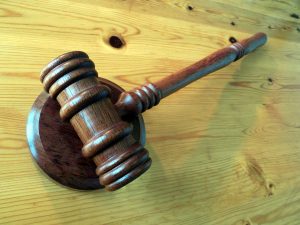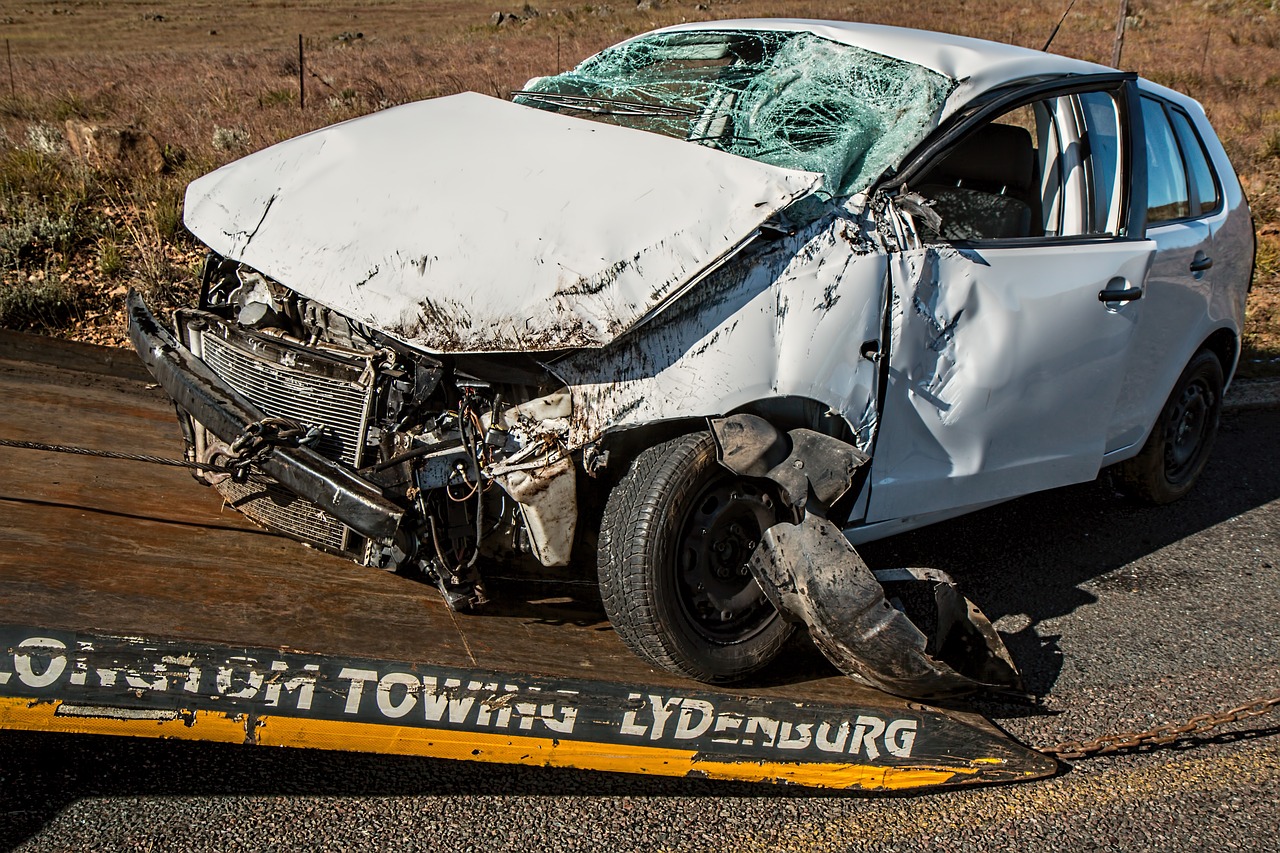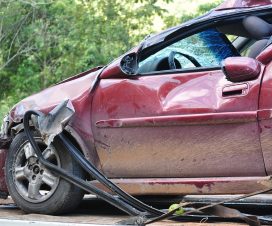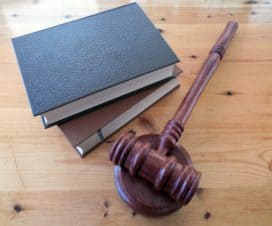
Negligence is a legal notion that you should prove before you can hold an individual or entity legally liable for any harm you suffer. 
Providing evidence is necessary in most negligence claims from accidents or injuries like auto collisions and slip and fall cases.
A negligence claim must prove four elements in a court of law:
- Duty
- Breach of Duty
- Causation
- Damages
Generally, when somebody behaves carelessly, under negligence laws the careless individual will be legally responsible for any resulting damage.
Elements of Negligence Claim
For a plaintiff to win a negligence case, they must prove the following elements:
1. Duty
When reviewing a negligence claim the foremost step is to investigate whether the defendant has a legal duty of care to the plaintiff.
Sometimes, the relationship between the plaintiff and the respondent may create a legal duty.
For example, a medical practitioner owes his or her patients a legal duty to provide them with competent services.
Or, a vehicle driver has a duty of care to operate his or her automobile safely at all times.
2. Breach of Duty
Here, the court checks for a breach of duty on the part of the defendant.
Breach of duty is when a person does/doesn’t do something that a reasonable person may do in a similar situation.
A defendant breaches their duty if they fail to practice sensible care in fulfilling a particular obligation.
3. Causation
For this element, the plaintiff must show that the negligence of the defendant is the reason behind his or her injuries.
Sure, a person might act negligently, but a plaintiff can only recover if that negligence somehow leads to the injury.
For instance, it’s not fair to sue somebody who’s texting and driving for a completely different accident that occurs nearby.
Another aspect of causation checks whether a person is in a position to foresee that their actions can lead to an injury.
If the actions of the defendant somehow cause the plaintiff’s injuries via a random act of nature, the misfortune is unforeseeable.
Hence, the defendant may not be liable.
4. Damages

The last element of a negligence claim damage.
A plaintiff must prove legally recognizable harm, typically in the form of physical injuries to someone or damage to property.
It is not sufficient that the defendant fails to practice reasonable care.
The plaintiff should show that the defendant’s negligence leads to actual damage to someone whom the respondent owes a legal duty.
Common Examples of Negligence Resulting in a Personal Injury Claim
Most personal injury cases have a basis for negligence.
The plaintiff’s lawyer must establish the four negligence claim elements to win a lawsuit.
Below are some of the examples of negligence that can lead to a personal injury case:
1. Auto Accidents
Every driver has a legal duty to uphold reasonable care and abstain from inflicting injuries on other drivers, cyclists, and pedestrians.
If a driver doesn’t do so, he or she breaches the obligation they owe to other road users.
If the breach of duty results in an injurious car accident, the driver is guilty of negligence.
2. Premise Liability
Slip and fall accidents are among the most common forms of premise liability cases.
In a premise liability lawsuit, the property owner has a duty to ensure the premise is safe and minimize injury risks.
For instance, a supermarket may fail to mop up a wet floor for a long time.
If a client slips and falls as a result, the supermarket is in breach of its duty to customers.
3. Dog Bites
A dog owner may be liable if his or her dog bites somebody.
Any individual who owns an animal that inflicts injury may be legally responsible for the harm the pet causes.
4. Medical Malpractice

Healthcare providers owe a duty of care to patients to offer treatment that aligns with the medical standard of care.
They must act with the same level of care a reasonably competent physician, with a similar background may provide under similar circumstances.
Therefore, medical malpractice happens when a doctor, nurse, surgeon, etc. perform their role in a manner that disobeys the acceptable standards.
For example, if a doctor administers sub-standard treatment, then he or she fails to perform their duty and is negligent.
5. Defective Products
Manufacturers, distributors, and sellers have a legal duty to offer products that don’t pose an unreasonable danger to consumers.
Product liability negligence happens when a supplier offers a product with incorrect on insufficient labeling, or design defects.
Final Thoughts
Yes, you may be certain that all the negligence claim elements exist.
But, it takes a skillful attorney to make a compelling case and eventually win.
A competent lawyer will comprehend which evidence supports your claim, how to calculate damages correctly, and how to arrange a settlement.
If you want to pursue a negligence claim, start today by connecting with a local personal injury attorney.
Negligence cases are complex, so you’ll want to have a capable lawyer on your side to have a chance of winning.




